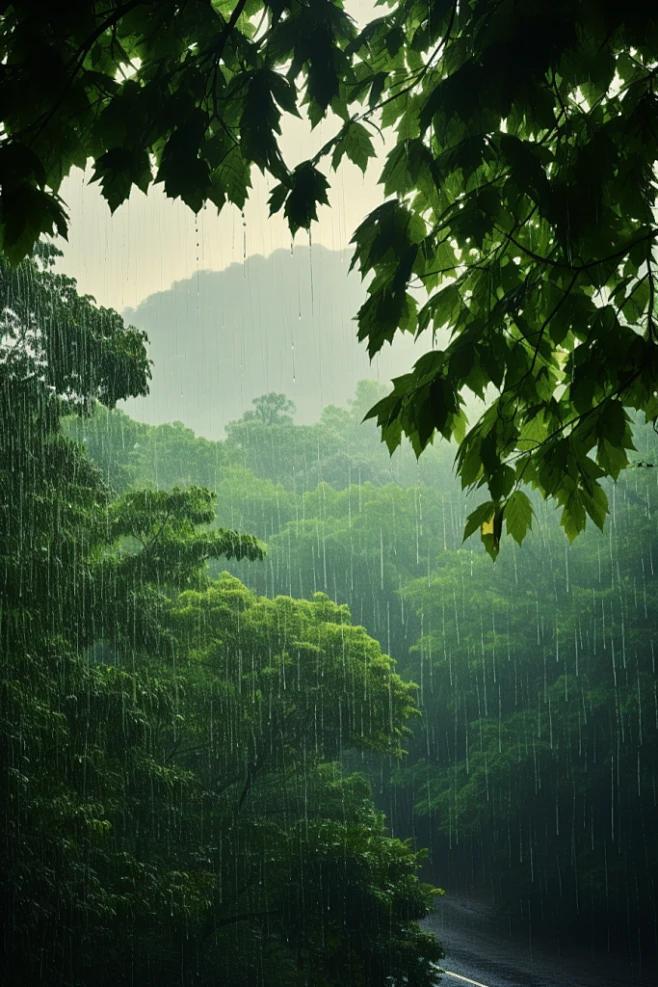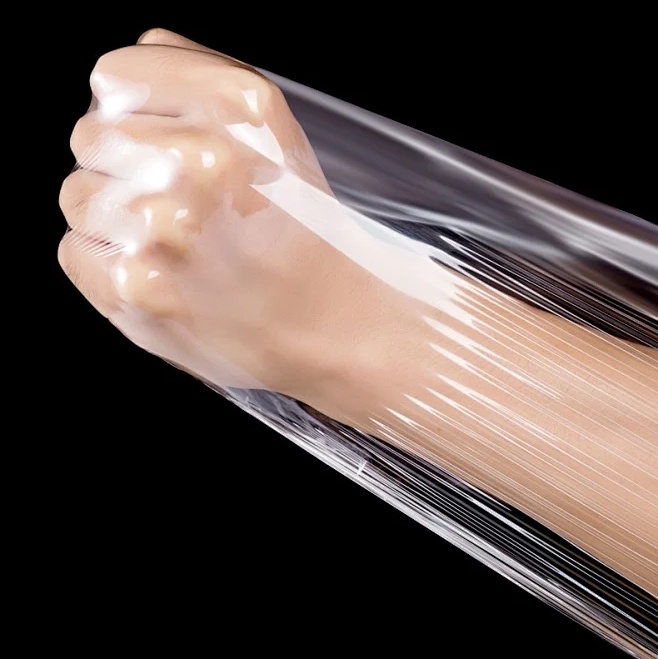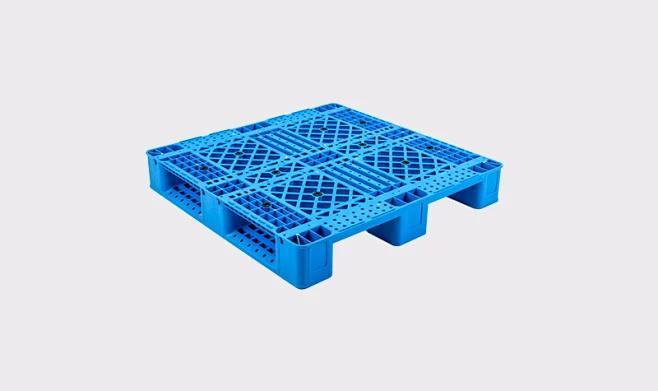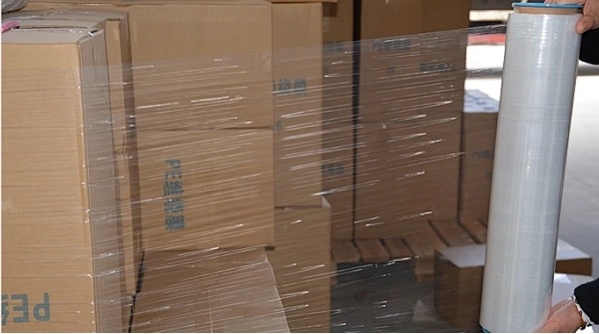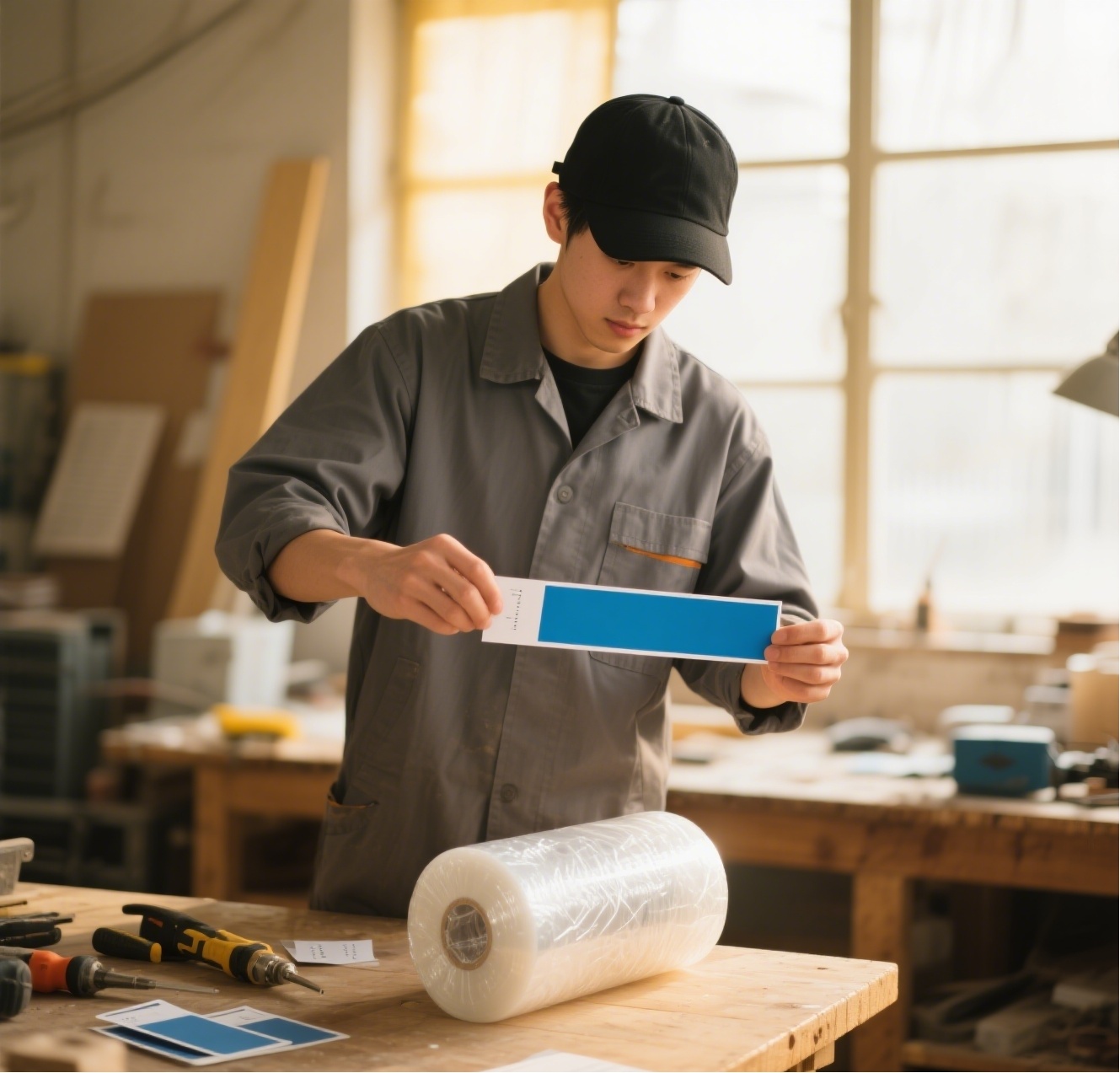17
2025
-
07
What should be paid attention to when using cling film packaging during the rainy season/high temperature weather?
Author:
Chinafilm Group
I. Introduction: Challenges of Stretch Film in Special Climatic Environments
In today's increasingly interconnected global supply chain, the importance of packaging is becoming more and more prominent. Especially in rainy season and high-temperature weather alternating impacts, enterprises often encounter problems such as packaging damage, cargo shifting, label peeling, surface condensation, and even adhesion and deformation caused by high temperatures during transportation and storage.
And stretch film as the last line of packaging defense , its stability and weather resistance directly affect the safety of product transportation and brand image. Therefore, reasonably selecting stretch film with stronger weather resistance and taking corresponding measures in packaging and storage are key to improving packaging quality and reducing cargo loss rates.
II. Analysis of the Impact of Rainy Season and High-Temperature Season on Stretch Film Packaging
1. Common problems in the rainy season
- High air humidity : Easily leads to condensation on the surface of the stretch film, affecting the adhesion and slip performance of the film;
- Heavy rain washing : External water pressure causes the film layer to rupture or the wrapping to fall off;
- Warehouse water accumulation : Leads to dampness at the bottom of the pallet, loose packaging, and collapsed cartons;
- Mold risk : Some sensitive goods may become moldy or rotten if they get damp.
2. Common problems in high-temperature weather
- Film material thermal shrinkage : At high temperatures, the stretch film will undergo thermal shrinkage or softening, causing the film layer to loosen or stick together;
- Decreased ductility : The tensile performance of some ordinary PE films decreases significantly in environments exceeding 35℃;
- Cargo deformation : If the film material is too tight, the goods will be deformed under pressure due to temperature differences;
- UV aging : During outdoor storage or transportation, strong ultraviolet rays will accelerate the aging and embrittlement of the film material.
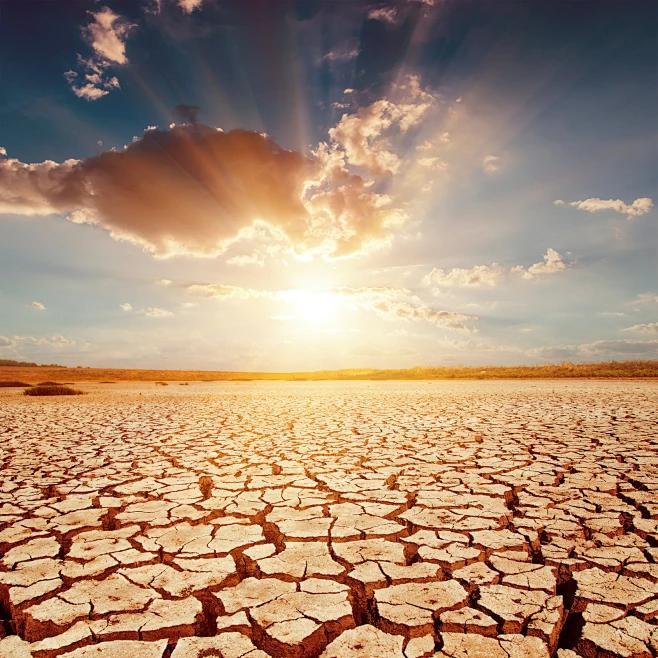

III. Targeted Selection of Stretch Film: Formulation Determines Destiny
In extreme climates such as rainy seasons and high temperatures, ordinary stretch film can no longer meet the needs of stable packaging. Chinafilm Company recommends that enterprises choose the following types of stretch film products with weather-resistant enhanced formula :
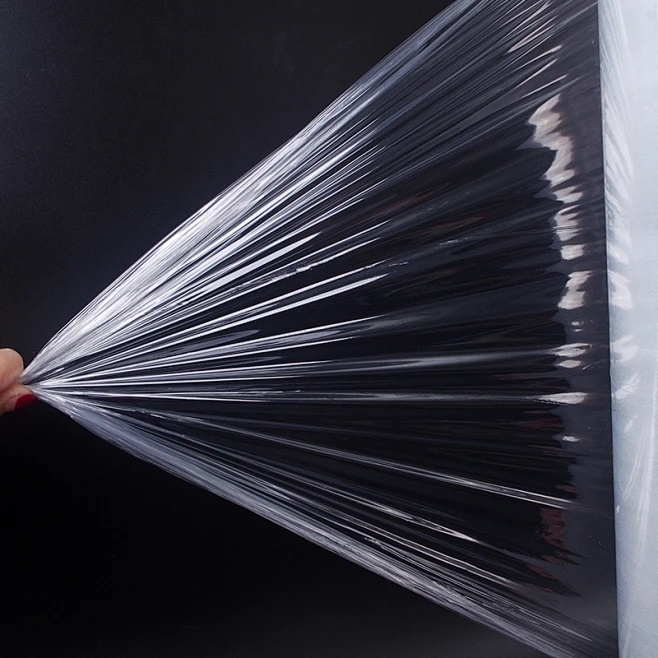
1. Anti-ultraviolet stretch film (UV protection film)
- Features : Adding anti-ultraviolet additives (UV Stabilizer) to the film material prolongs the service life of the film material in sunlight;
- Applicable scenarios : Outdoor yards, open-air temporary storage, long-distance transportation;
- Reference data : Tests show that ordinary stretch film begins to crack after an average of 3-5 days of exposure to summer sun, while anti-UV film can be used stably for more than 30 days.
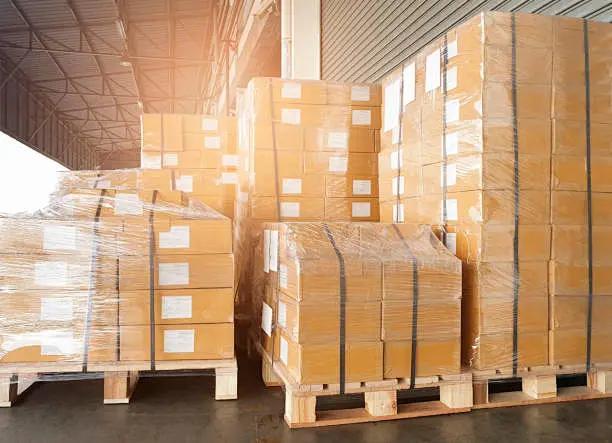
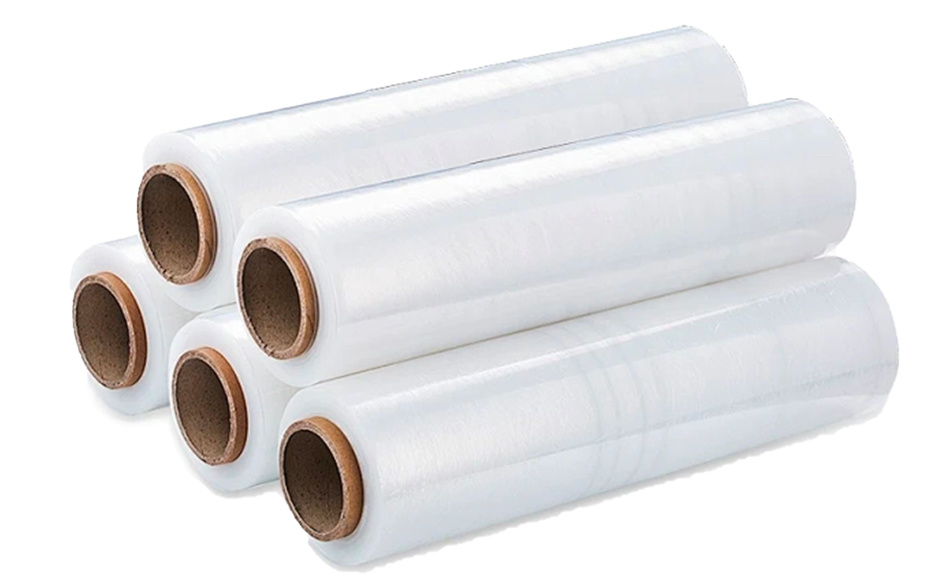
2. High-temperature resistant stretch film
- Features : By using modified PE or POE (polyolefin elastomer) materials, the film material still has good tension at high temperatures;
- Applicable scenarios : Heavy cargo transportation in summer, high-temperature factory areas, non-air-conditioned warehousing;
- Advantages : Avoid thermal softening and adhesion, keeping the goods firm and preventing slippage.
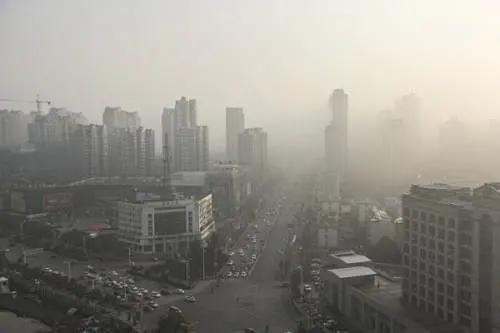
3. Anti-fog stretch film
- Features : Using a special anti-fog coating or internal additives to inhibit the formation of fog due to the difference in humidity inside and outside;
- Applicable scenarios : Cold chain transportation, fresh food storage, high-humidity environment in rainy season;
- Practical cases : In the field of fruit and vegetable preservation, anti-fog film can effectively improve transparency and avoid obstacles to label identification.
4. Multi-layer co-extruded high-barrier film
- Features : Strengthen physical strength and moisture resistance through a five-layer/seven-layer co-extrusion structure;
- Applicable scenarios : High-value-added products, precision machinery, electronic component packaging.
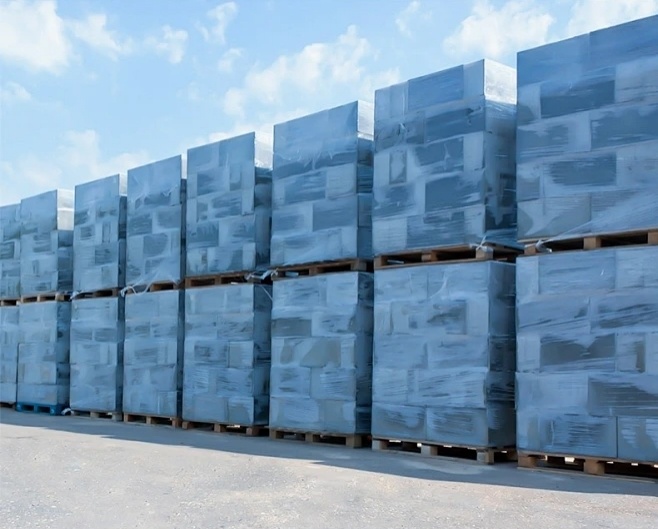
IV. Precautions for Packaging Operations in Rainy Season/High Temperature
1. Pre-stretch setting suggestions
It is recommended to moderately reduce the pre-stretch ratio in the rainy season (it is recommended to control it at 200%~220%), to avoid excessive elastic rebound of the film material in a high-humidity environment;
In high-temperature environments, it is recommended to moderately reduce the tension to prevent the film material from breaking due to thermal expansion or causing product indentation.
2. Optimization of winding method
It is recommended to adopt the “multi-point support” winding method, strengthening the top, bottom, and middle parts to prevent loosening in rainy days;
For high-temperature environments, the “non-contact winding” process is recommended to avoid local overheating and adhesion at the overlapping parts.
3. Bottom pallet treatment
Before packaging in the rainy season, ensure that a waterproof pad or PE film is added to the bottom of the pallet;
It is recommended to use high-type plastic pallets to avoid back seepage of ground water.
4. Label pasting strategy
Labels should be affixed to the outer layer of the film to avoid being blurred by water vapor;
Clarity and durability can be enhanced using laminated labels, waterproof pressure-sensitive adhesives, or heat transfer technology.
V. Key Points for Storing Stretch Film in Rainy Seasons/High Temperatures
1. Temperature and Humidity Control in Storage Environment
The warehouse temperature is recommended to be controlled between 15~30℃, and the relative humidity should be below 60%;
Equip dehumidifiers or desiccants to store film rolls and prevent moisture absorption and deformation.
2. Standardized Storage Methods
Film materials should not be stacked directly on the cement floor. Wooden pallets or isolation layers are required;
Avoid stacking near high-temperature heat sources or areas exposed to direct sunlight;
It is recommended to adopt the First-In, First-Out (FIFO) principle to prevent performance degradation due to long-term storage.
3. Handling After Package Opening
In rainy seasons, once the film material is opened, any unused portion should be immediately resealed;
Resealable bags or vacuum packaging bags can be used to store leftover materials to prevent moisture absorption.
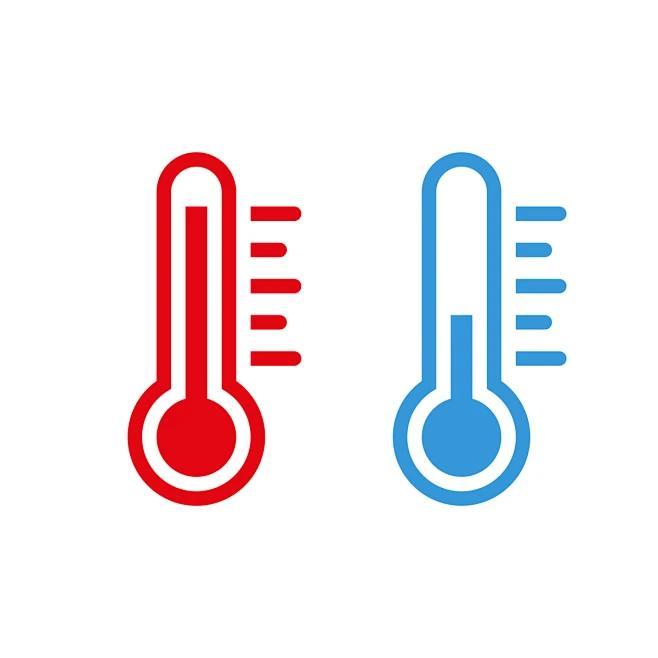
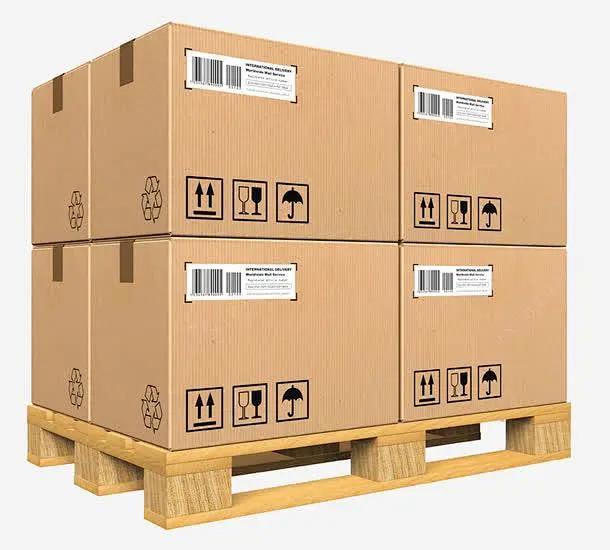
VI. Case Analysis: Practical Climate Response Experience of Chinafilm Customers
Case 1: E-commerce Logistics Customer in Southeast Asia (Rainy Season)
This customer is located in Malaysia, where the rainy season is long and the humidity is high, resulting in severe cardboard collapse. Chinafilm customized and developed anti-slip and anti-fog stretch film and optimized the winding machine tension settings, successfully reducing cargo displacement problems by 40%, significantly improving customer satisfaction.
Case 2: Building Materials Customer in the Middle East (High Temperature)
The customer's goods are building bricks, weighing 30kg each, with outdoor transportation time up to 15 days. Chinafilm recommended using high-temperature and UV-resistant film materials , and additionally installed reflective sunshades after winding, ultimately reducing the damage rate from 5.6% to 0.8%.
VII. Chinafilm Company's Recommended Product Line (Partial)
Product Name | Characteristics | Applicable scenarios |
Chinafilm-UF Series Stretch Film | UV resistant, outdoor service life over 30 days | Outdoor yards, open-air warehouses |
Chinafilm-HT Series Stretch Film | High-temperature resistant up to 45℃ without sticking | High-temperature factory areas in summer, tropical countries |
Chinafilm-FG Anti-fog Series Stretch Film | Fog suppression, high-definition perspective | Cold chain, high-humidity environments in rainy seasons |
Chinafilm-MX Multi-layer Co-extruded Film | High strength + moisture-proof structure | Heavy goods, precision instruments, export packaging |
VIII. Summary: Scientific Selection + Standardized Operation, Climate Is No Longer a Problem
Special climatic conditions undoubtedly increase the difficulty of packaging, but Chinafilm Company always believes that— Responding to environmental challenges relies not only on materials, but also on the combination of professional and systematic solutions.
By selecting suitable weather-resistant stretch film formulations, scientifically setting winding parameters, and standardizing warehouse management systems, enterprises can completely achieve zero accidents in packaging, zero loss of goods goals.
Special weather,Stretch film,Packaging
Latest News
2025-12-07
Today is Great Snow—The Middle Membrane is here with you, helping you ward off the chill of winter.
2025-12-05
The “Invisible Assistant” of 3D Printing: How Thin-Film Materials Are Rewriting the Rules of Printing?
This article unveils the “cross-border collaboration” between thin films and 3D printing: From platform protection to functional carriers—what secrets do thin films hold? And what technological breakthroughs will they drive?
2025-12-04
The “core equipment” for thin-film production: From particles to finished products, these devices determine the quality of the film.
In this article, we’ll take you on a tour of a thin-film production workshop and reveal the core equipment matrix—from raw materials to finished products. Let’s see how these “industrial powerhouses” transform ordinary plastic pellets into functional films tailored for various applications.
2025-11-28
The “Divine Easy-Tease Film” on milk tea cups: Simply peel it off—no sticking to your lips—and it’s packed with cutting-edge membrane technology.
This article dissects the “past and present” of bubble tea’s easy-peel film—from the frustrating issues with the old film to the cutting-edge technology behind the new one. What secrets does this film hold? And how should consumers and bubble tea shops make their choices?
2025-11-26
A Comprehensive Guide to Thin-Film Manufacturing: Unlocking the Performance Secrets of Membrane Materials—From Basic Formation to High-End Customization
Today, thin-film technology has entered a stage characterized by "material adaptation + process combination + performance customization." From shopping-bag films costing just a few cents to optical films priced at thousands of yuan, the manufacturing process directly determines the value. This article dissects mainstream processes, analyzes their advantages, application scenarios, and upgrade directions, providing practitioners with a framework for making informed choices.


